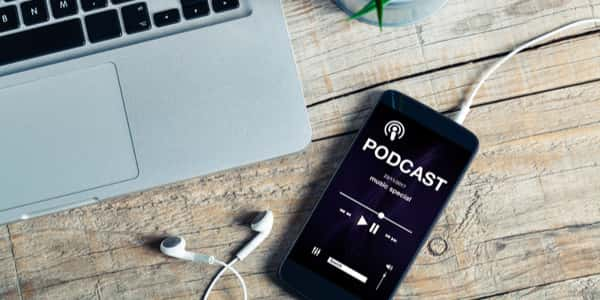Podcasts have been a defining feature of the media landscape in recent times and 2019 has already shaped up to continuing trending upward. But more importantly, advertisers are also flocking to this growing medium, with total ad revenue growing to $600 million in 2018 with estimates showing it will jump past $1 billion by 2021.
So many people we talk to in the broadcast industry don’t think they have what it takes to create and grow a podcast. Why? We all know that the human voice connects with people in a way that the written word cannot. When people listen to your podcast, they can feel your emotion. They get a better sense of your personality. They feel like they get to know you. Sound familiar? That’s the same reason people listen to your on-air programming and connect with your personalities.
In this three part dive into podcasting, we'll show you the benefits of podcasting, how to create a content and marketing strategy for your podcast and finally how to make an additional revenue stream with your podcast!
Part I: The Benefits of Podcasting

For the majority of the day, your audience is preoccupied with varying screen time priorities and other tasks that require their visual attention. Making a play to gain more of their visual attention with even more blog posts and videos can be a battle that may not have a large impact.
Rather than competing for more of their screen time, ask for their audio attention instead. Think of it this way: how many times in a day are you unable to read or watch more content? In the shower, doing the dishes, folding laundry, driving to work, at the gym, out for a walk, etc. Again, the list goes on. This is the perfect time to listen to content. Podcasts allow you to become part of these moments in your audiences’ day, and win their audio attention with your brand’s podcast.
Here’s a number of benefits of having podcasts a part of your content strategy:
Podcasts make information personal. In a podcast, the content is communicated directly to the listener. That’s a much more intimate way of getting information than reading it from an e-mail or an online post.
Podcasts are convenient and easy to consume. Once someone subscribes to a podcast, new podcasts are automatically downloaded to their device as soon as they are available. Your audience can listen to them at their convenience and not be constricted by dayparts. The podcast episodes provide the ‘binge experience’ that society has fallen in love with.
Podcasting is a time-efficient form of communication. Your audience can listen to podcasts while they do other things at work or at home, or during their commute. Imagining trying to read a blog post while you drive (well, can't say I haven't seen that!)
Podcasts are portable. Once a podcast resides on a listener's device, they can take the podcast with them and listen whenever or wherever they want.
Podcasting is an on-demand technology. Listeners decide what they want to hear, and when they want to hear it. On one hand, this means you’re competing for their eyes and ears. On the other hand, this means that if they are subscribing to your podcasts, there’s an excellent chance they’re actually getting the information you’re providing to them.
Podcasts are one way to deliver on a social networking strategy. Your podcast subscribers are the core of your community and over time, they will be your best prospects for deepening the relationship through cross-sell and loyalty tactics. Podcast listeners are 20% more likely to connect with a brand on social media.
Part II: Your Podcast Content Strategy - Next Week!

A lot of people just want to get started, hit the red button and start recording their first episode. But before you get aspirations about reaching hundreds, thousands (or more!) each week with your awesome podcast, you need to figure out your content strategy and how to market your podcast.
We’ll be covering your podcasting content and marketing strategy next week in this three-part feature on podcasting.
Part III: Making Money Podcasting - Week 3!
Podcasts, like any content need a strategy to grow and attract an audience as well as advertisers.
In Week 3, we’ll go into how you can attract advertisers and other forms of revenue from podcasting.
See you next week!

